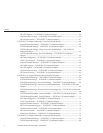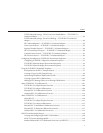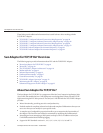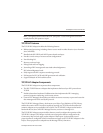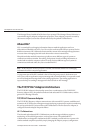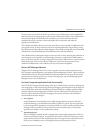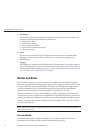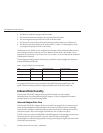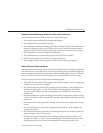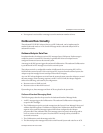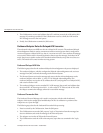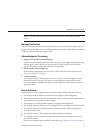
■
Monitoring
The Enterprise Manager provides a real-time picture of the Adapter's state and status. The
monitoring facilities display the following information:
■
Adapter up or down
■
Connected to external
■
Current sequence number
■
Date and time of the last transaction
■
Adapter properties
■
Alerts
Alerts are sent from the RA and the Collaborations when conditions are identied that
endanger or stop the interface. You can add your own custom alert messages to the
Collaborations.
■
Logging
Log messages are written from both the RA and the Collaborations. You can also congure
your own log messages. The level is set in the Enterprise Manager. For more information on
monitoring, alerting and logging, see
Using Enterprise Manager Management Application in
Java CAPS
and Alert Codes for Java CAPS Adapters.
Modes and Roles
The TCP/IP HL7 Adapter can operate in two modes: standard and delayed ACK. Standard
mode is the typical message exchange in HL7 where an HL7 message is sent and an HL7 ACK is
received, or the other way around. In delayed ACK mode, the exchange of a message requires
two acknowledgements: one to conrm the message was received and the other from the
external system that actually received the message to verify that it was received.
In these two modes, the Adapter and the ESB have a number of roles they play within certain
scenarios; that is, certain components can fulll dierent responsibilities within a protocol. For
example, the outbound Collaboration can fulll two roles in the delayed ACK mode: one as the
“sender of messages” that expects two delayed ACKS, and another as the “forwarder of ACKS”
from the external system.
Note – Delayed ACK mode is deprecated as of HL7 version 2.2 and was removed from the HL7
standard as of version 2.5.
Standard Mode
In standard mode, the HL7 Adapter can assume two roles, sender and receiver. These are
implemented in the outbound and inbound Collaborations respectively.
SunAdapterforTCP/IPHL7Overview
SunAdapterforTCP/IPHL7User's Guide • October200912



